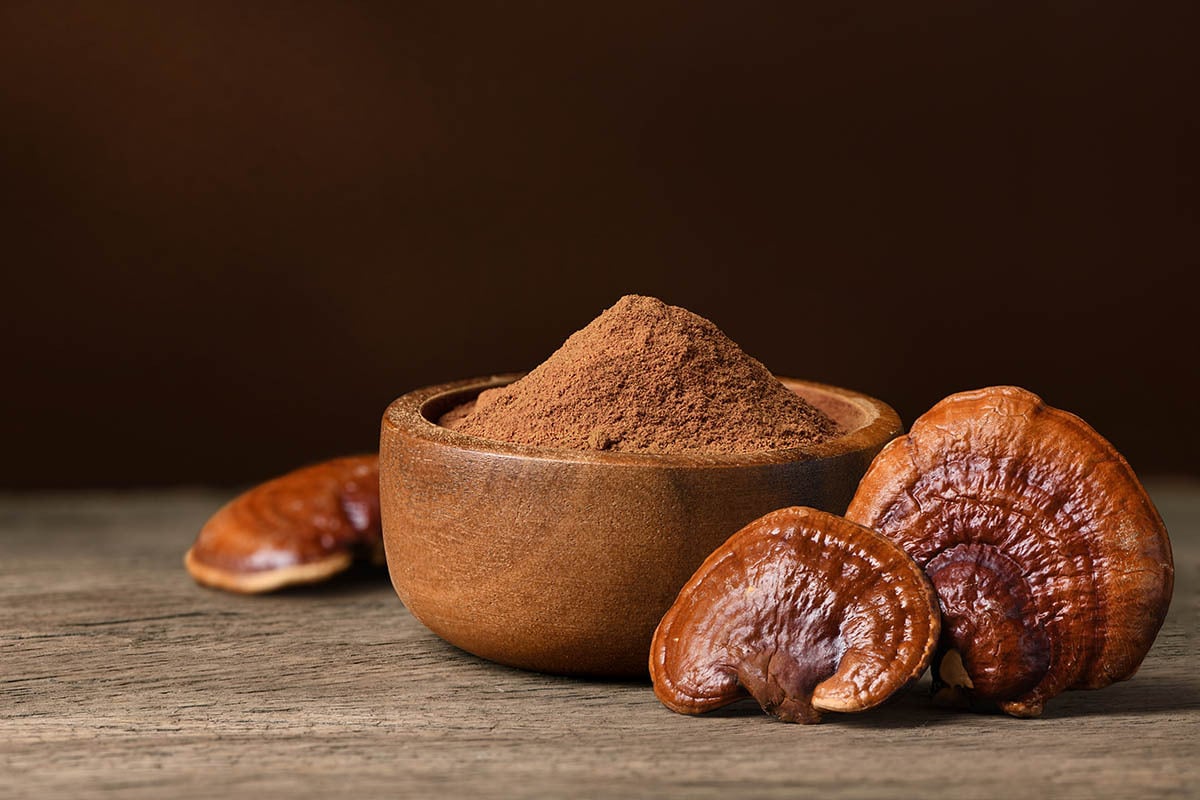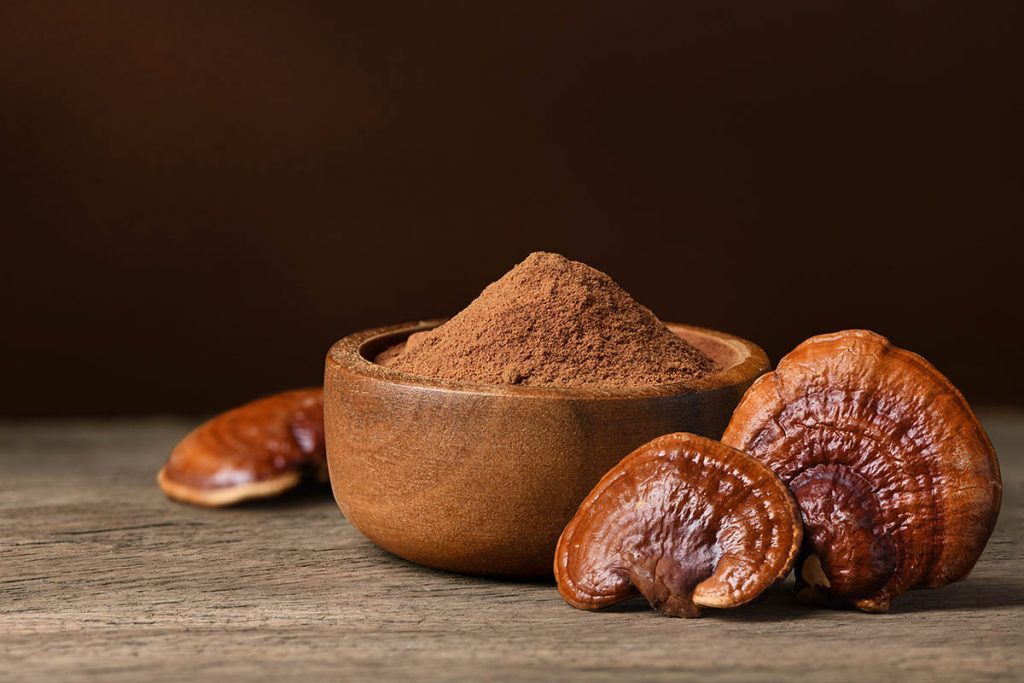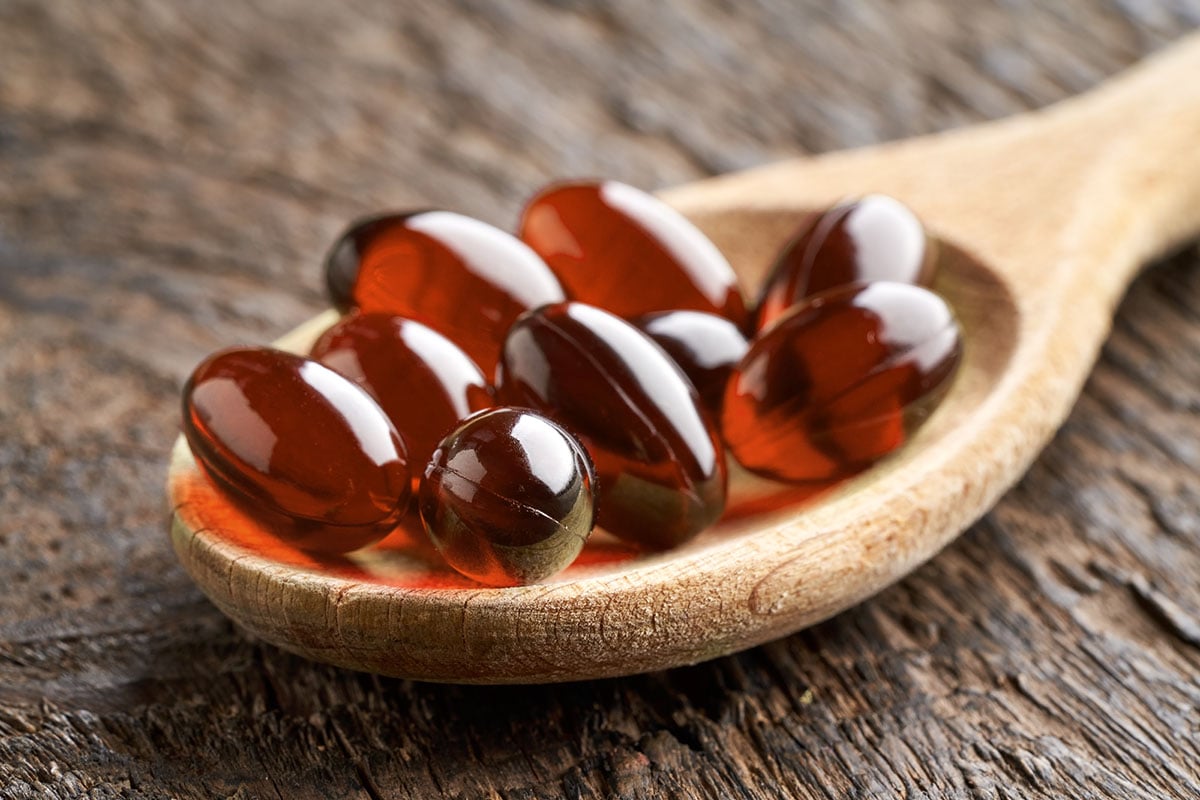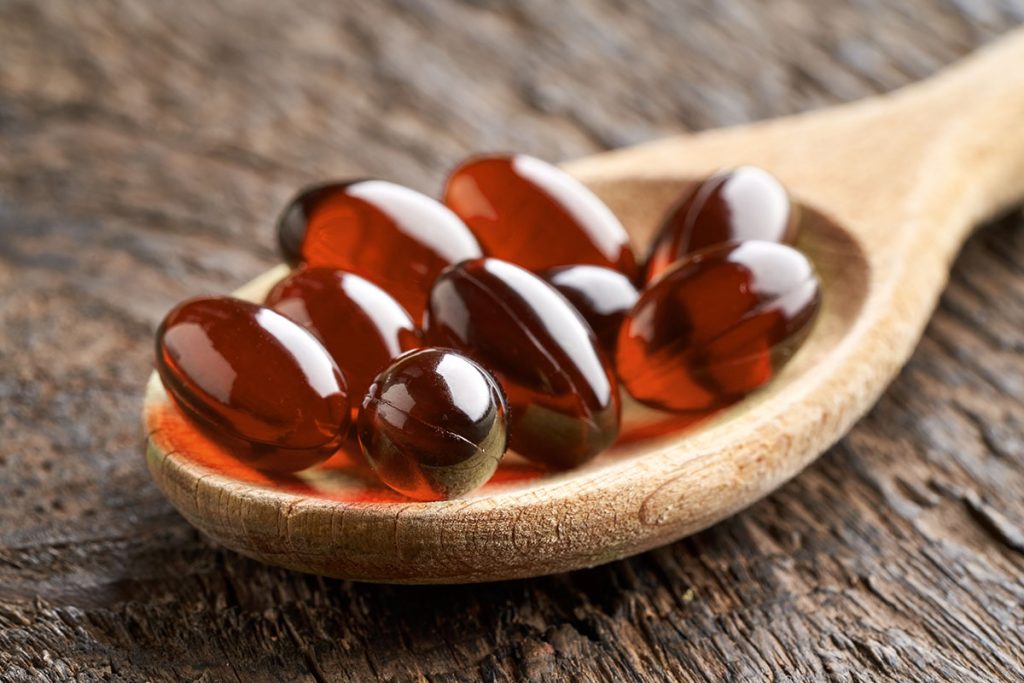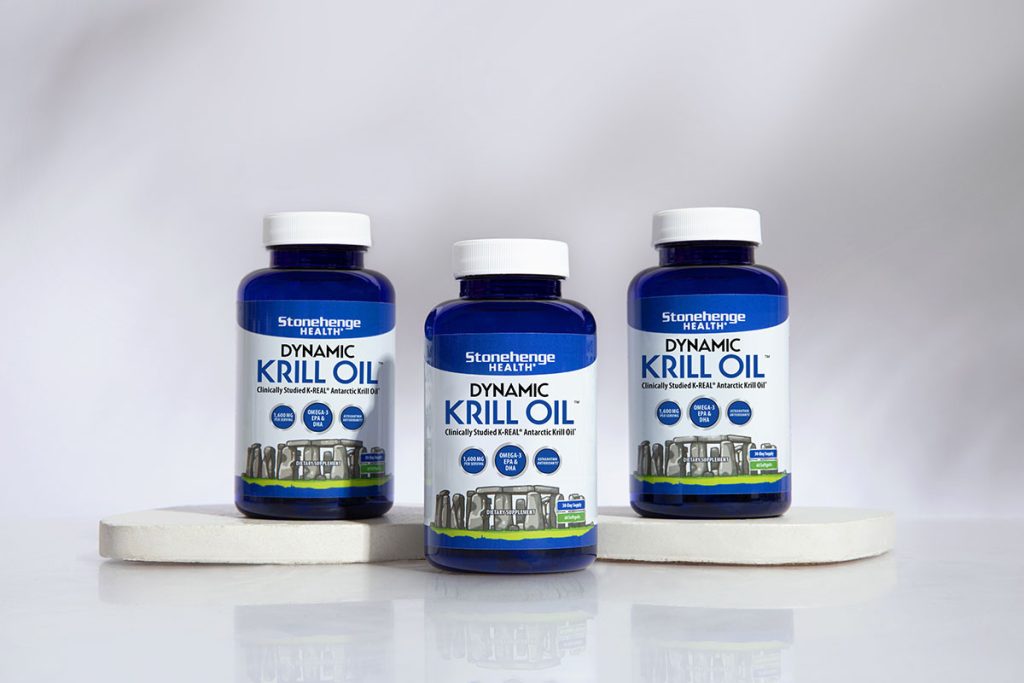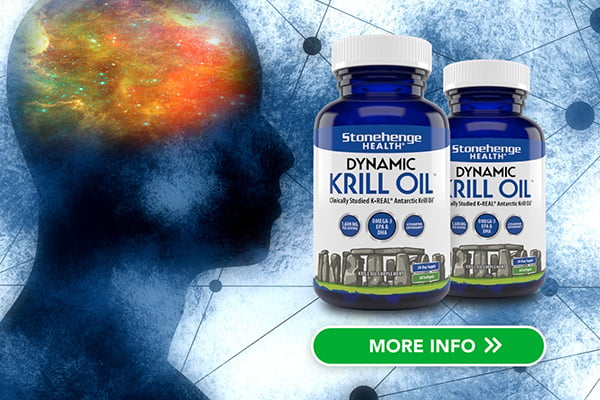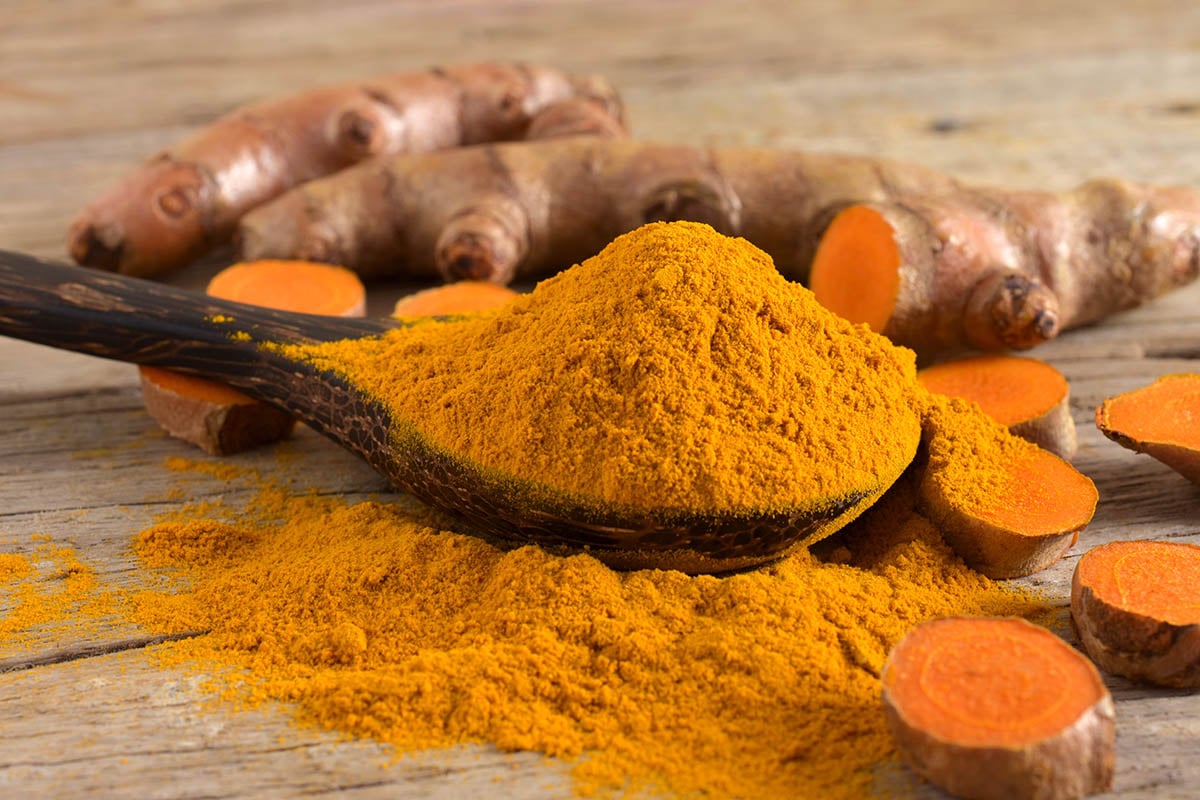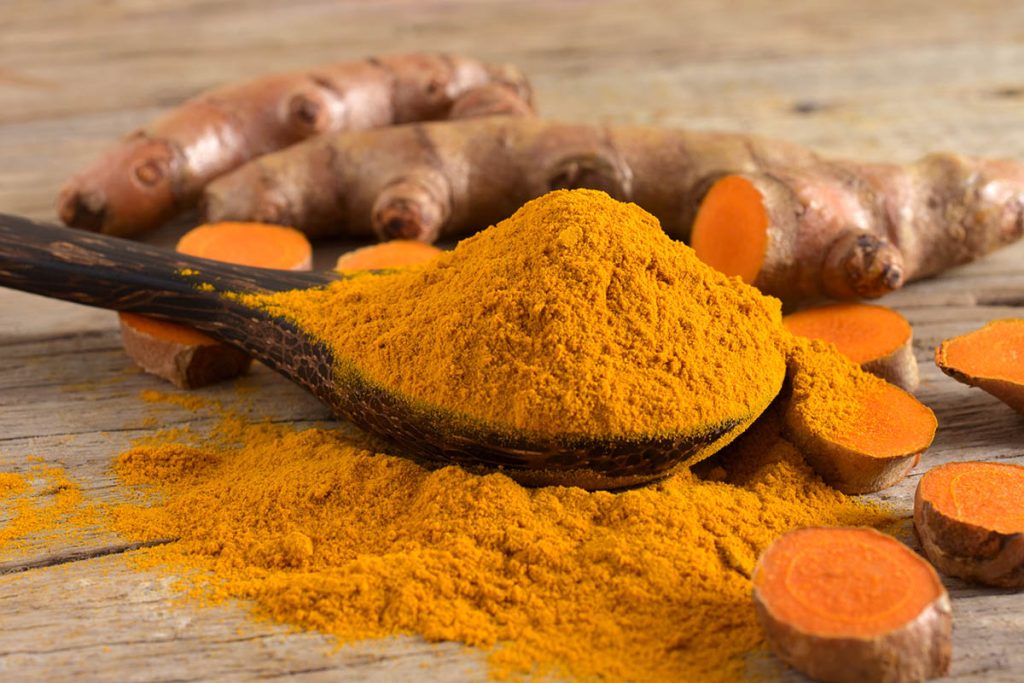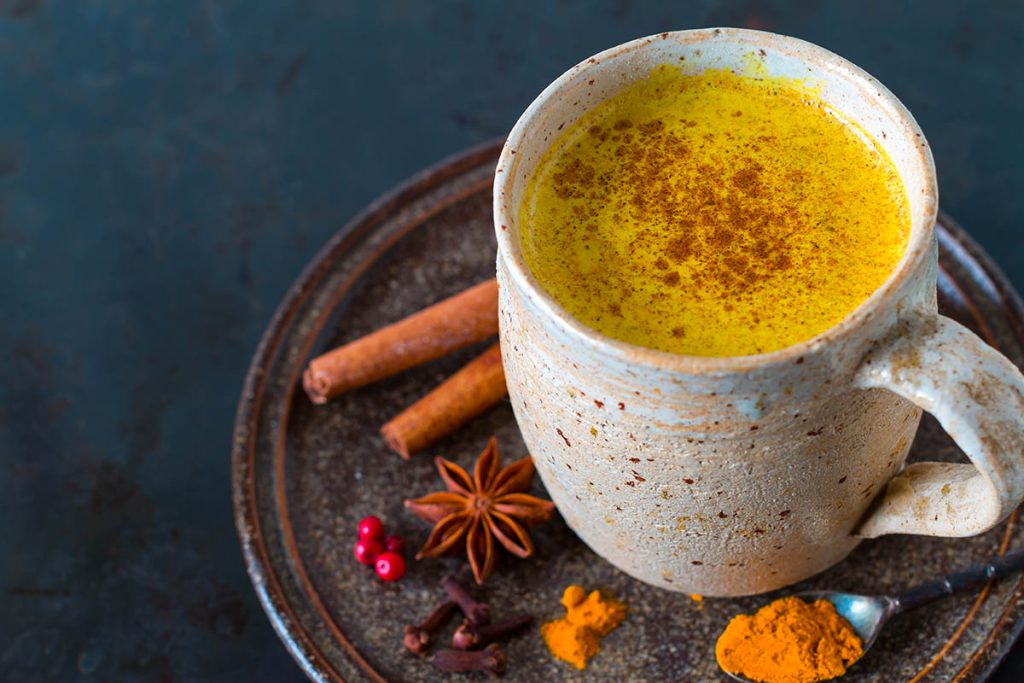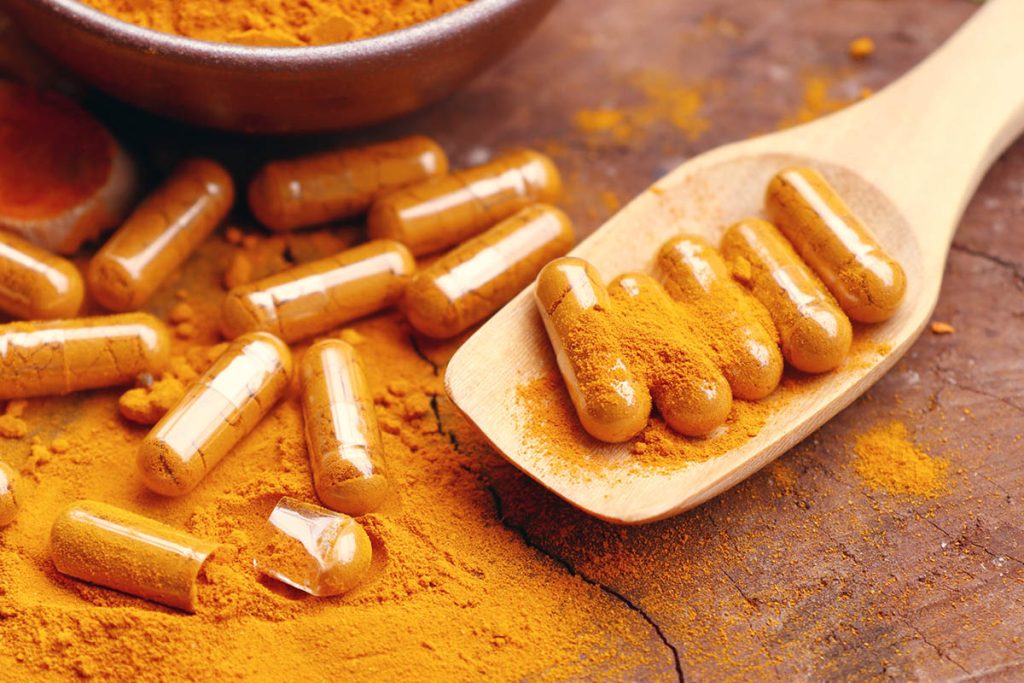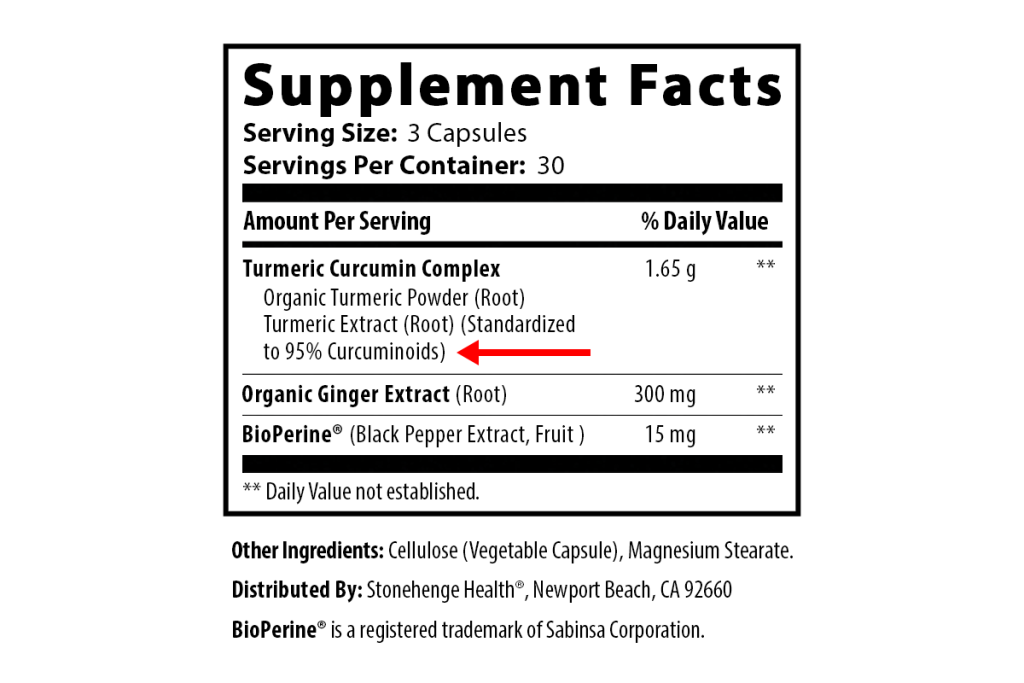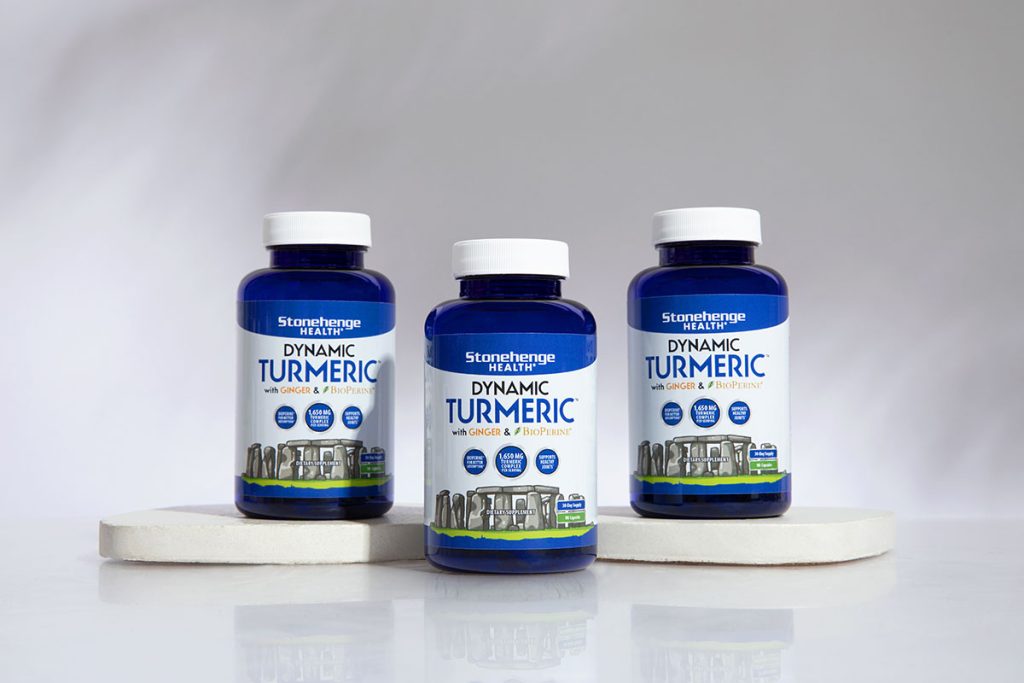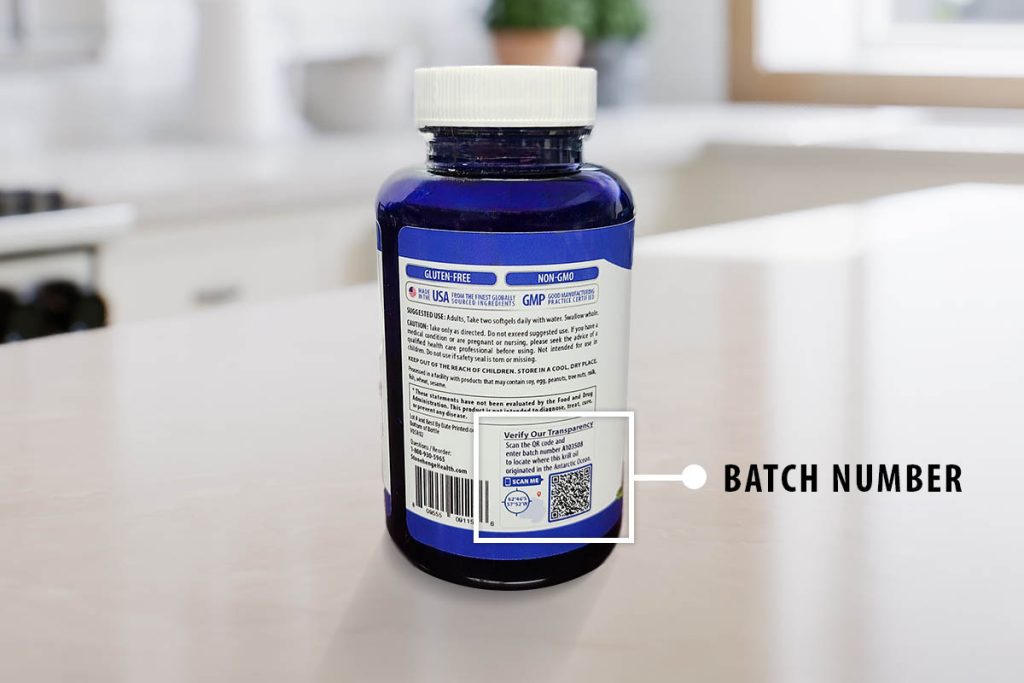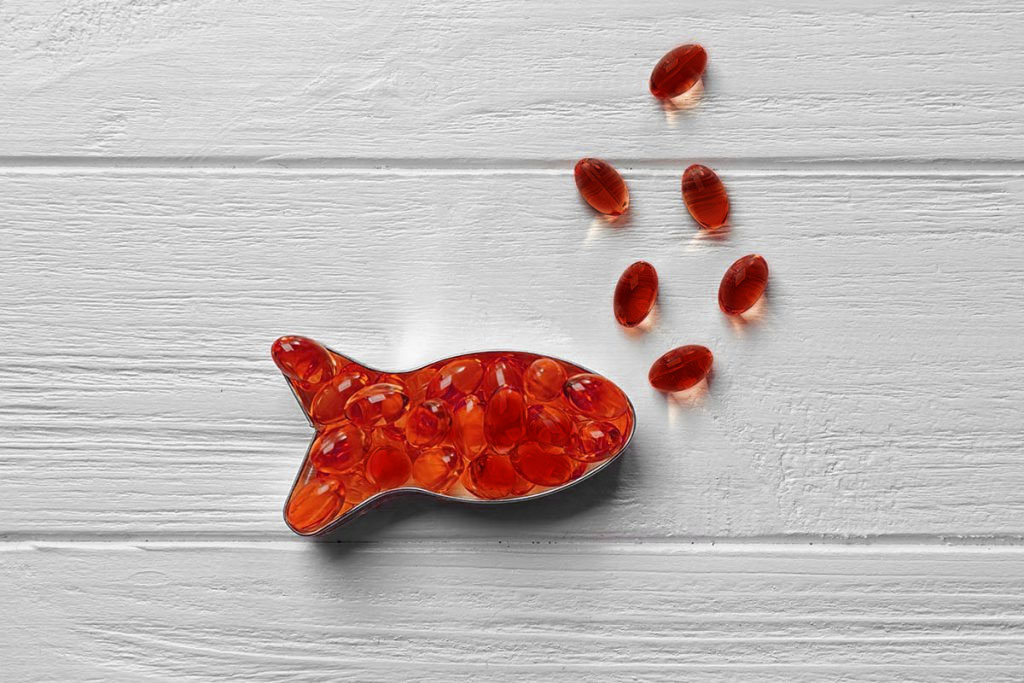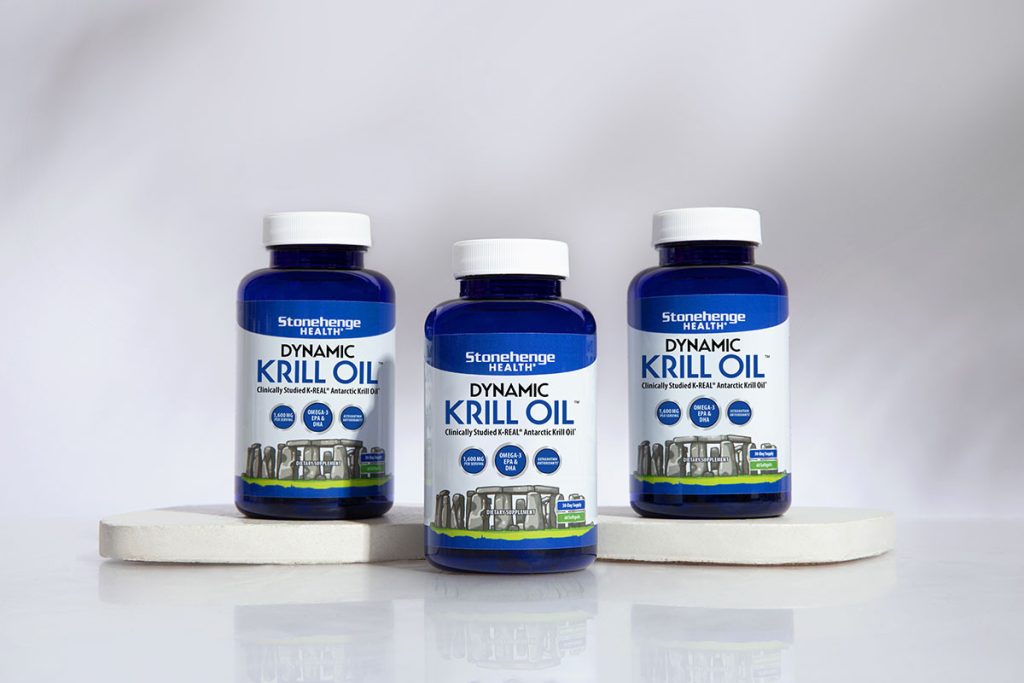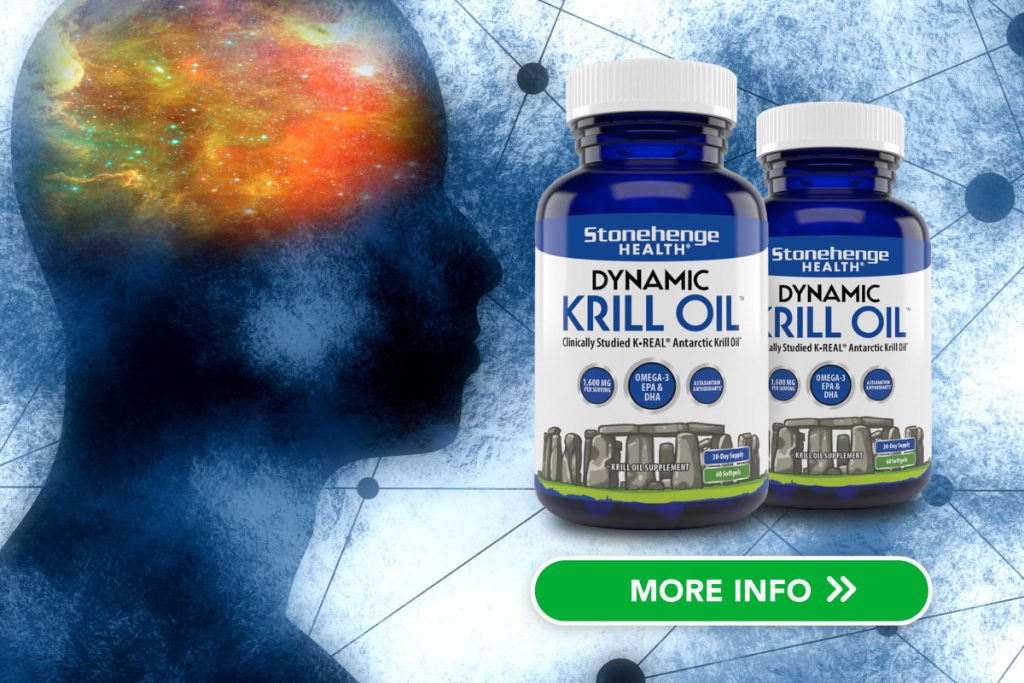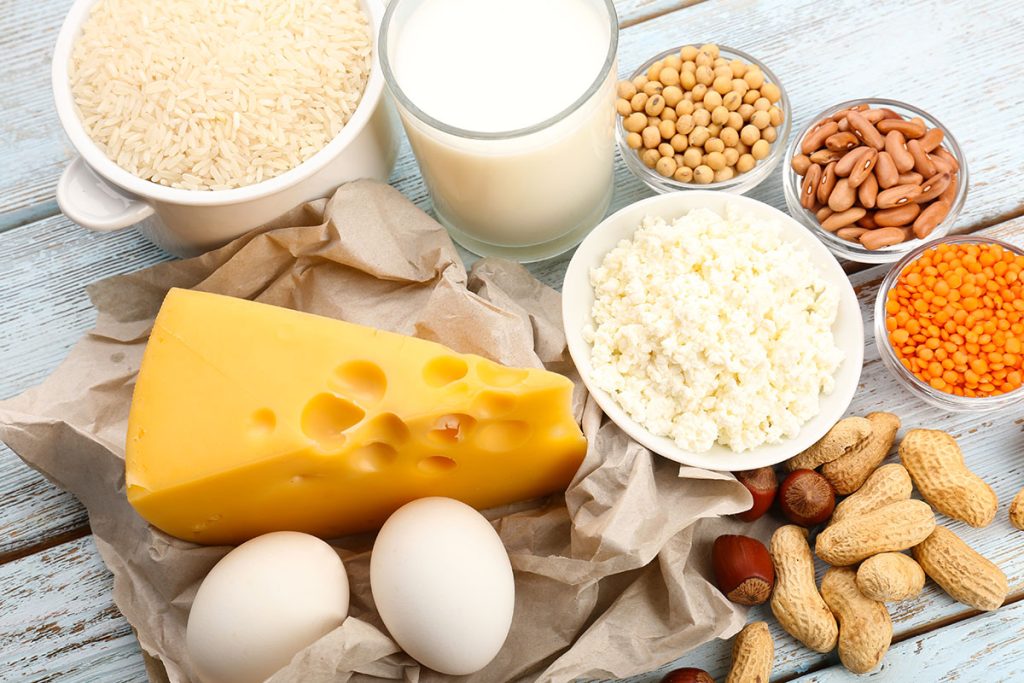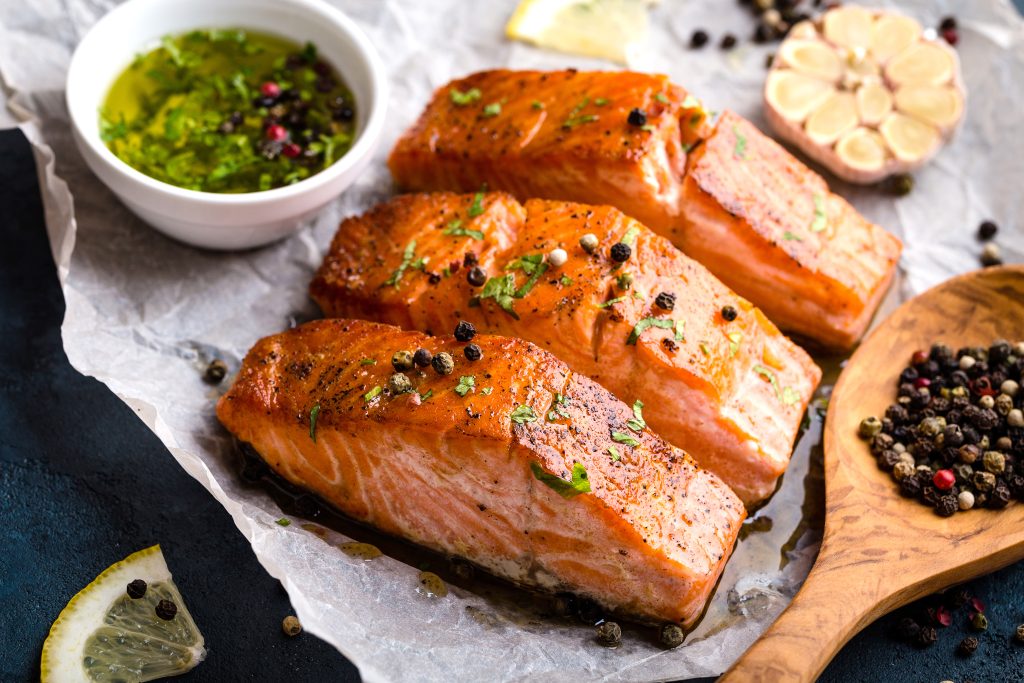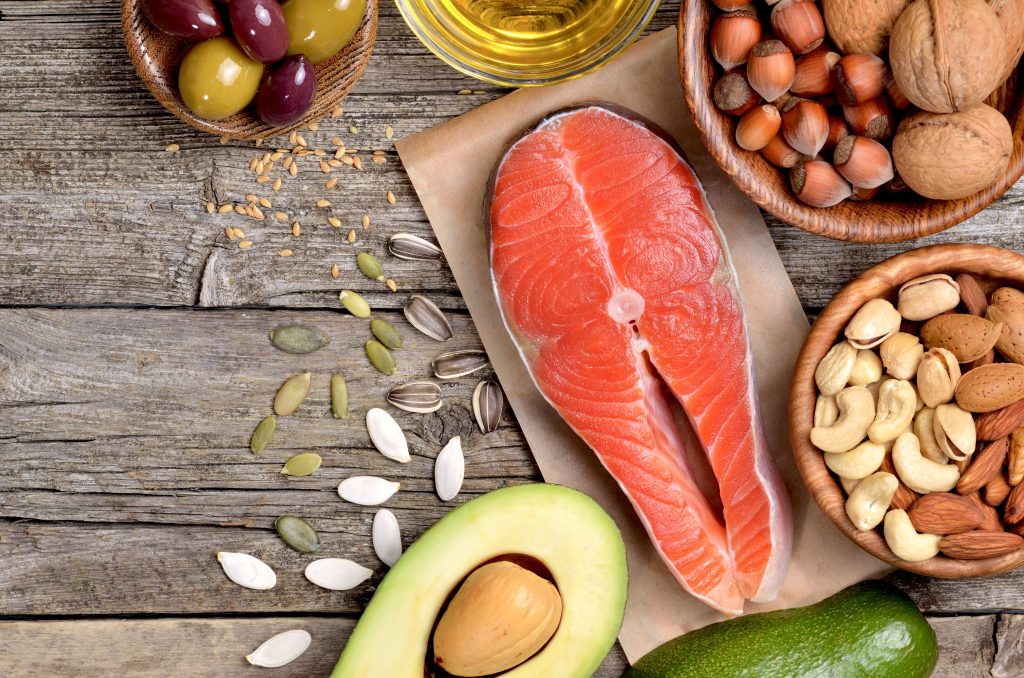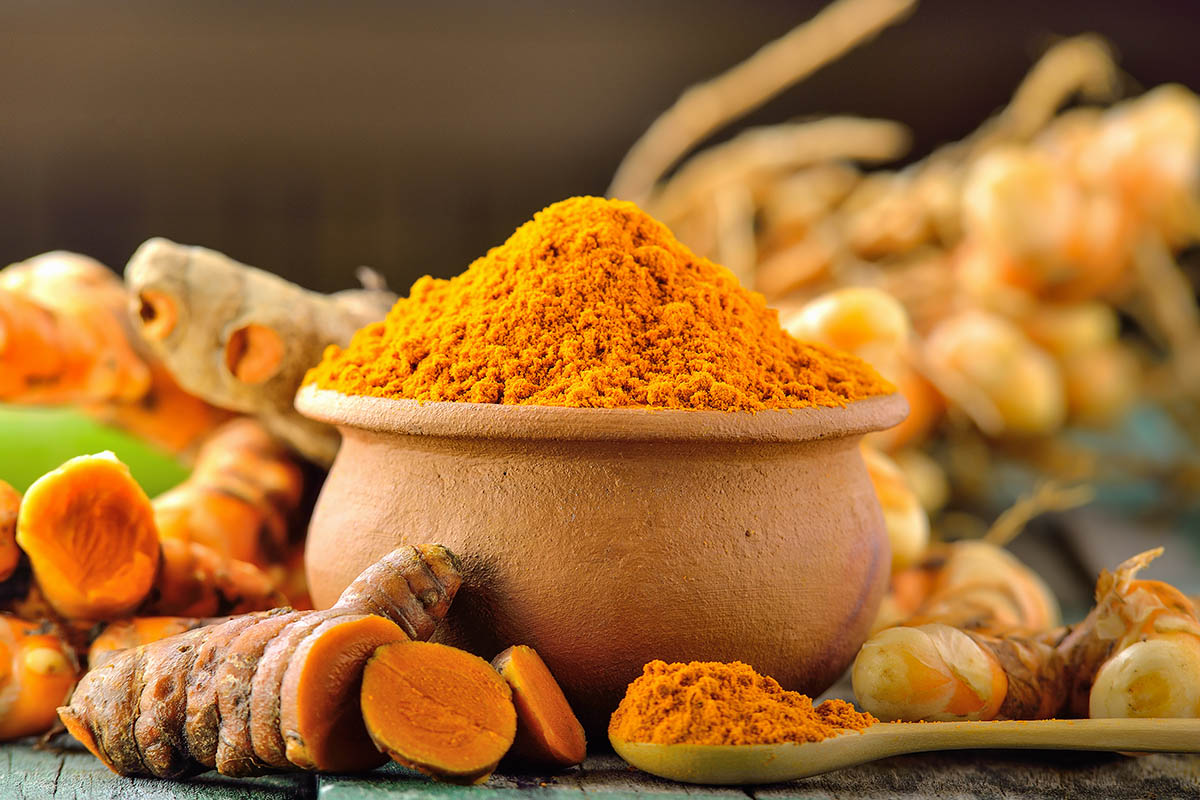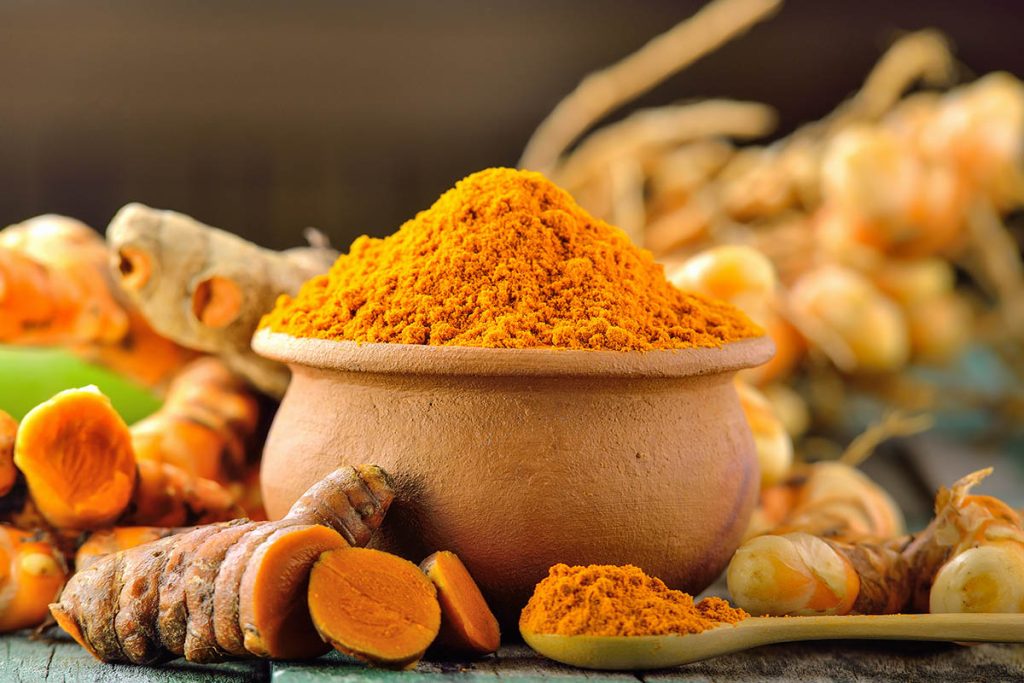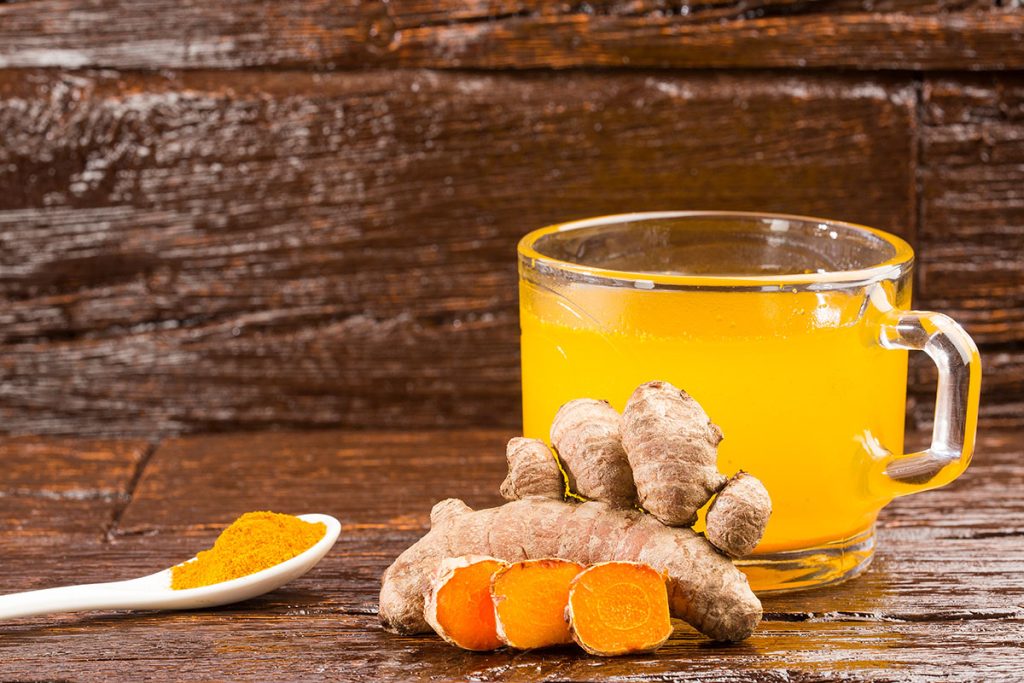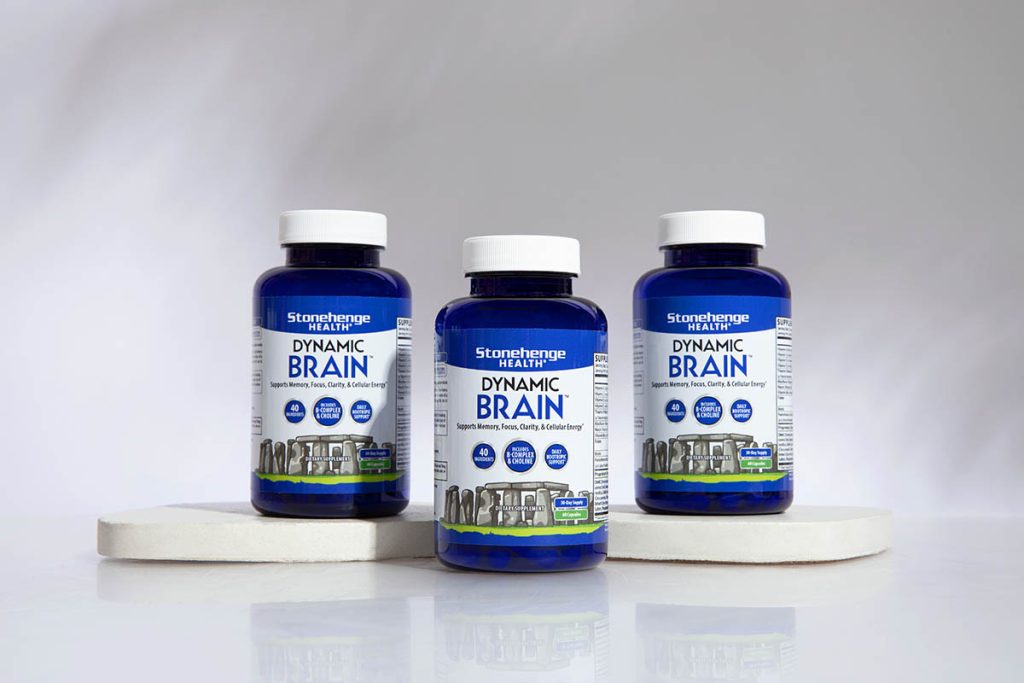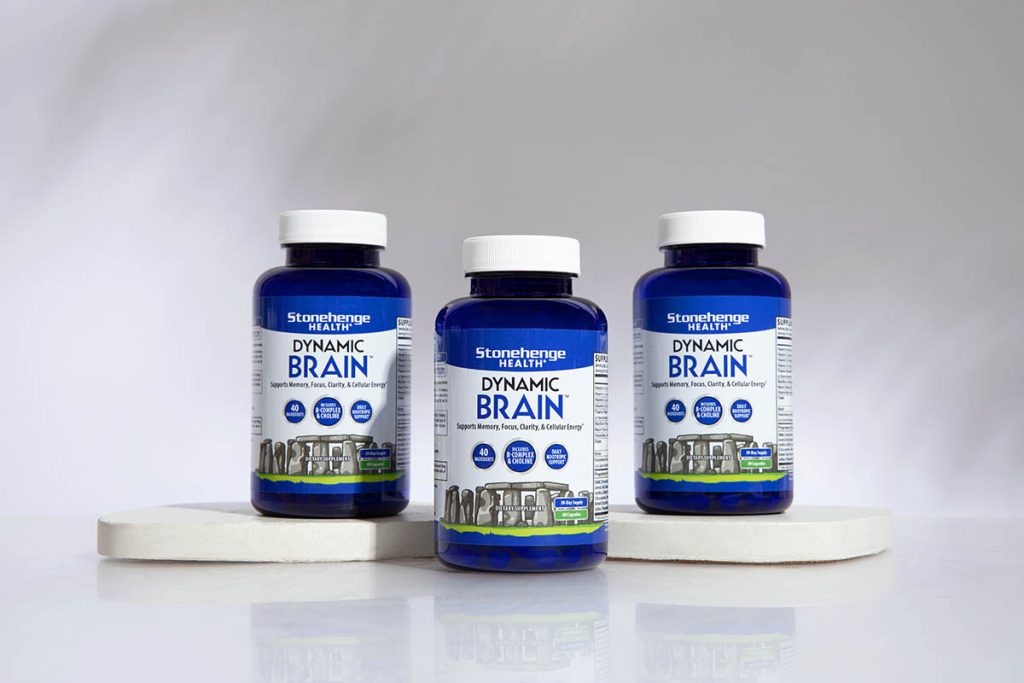
Brain-training games are popular among people of all ages for enhancing mental functions and slowing cognitive aging.
In fact, studies indicate that these games can potentially boost attention, memory, response times, logical reasoning, and other cognitive abilities when played consistently over an extended period.1
Did we mention that they can be a lot of fun, too?
You’ll discover our 12 favorite games you can play to keep your mind engaged.
Let’s get started.
Digital games for your phone or tablet

If you have a mobile phone or tablet, you can access a virtually unlimited amount of brain games.
Here are our favorites.
1. Chess.com

Chess is excellent for enhancing strategic thinking and problem-solving skills. It requires players to anticipate their opponent’s moves, which improves foresight and planning abilities.
You’re undoubtedly familiar with the classic board game version of chess, but you may not know you can also play it online. Chess.com allows you to play against a wider range of opponents, puzzles, and gameplay, which can introduce new strategies and challenges. The online experience is designed for your phone and tablet and is surprisingly easy to learn.
2. Lumosity

This app provides a series of brain games designed specifically to target areas like memory, attention, flexibility, speed of processing, and problem-solving skills. Lumosity’s games adapt to the user’s performance to push cognitive capabilities gradually.
3. CogniFit

Similar to Lumosity, CogniFit offers a variety of games designed to boost several cognitive abilities. Each game is scientifically designed to target specific brain functions and is adjusted in difficulty based on your performance, helping to train and improve cognitive skills over time.
4. Wordle

This popular word puzzle game took the world by storm at the beginning of 2022. Wordle challenges players to guess a five-letter word within six attempts. Each guess provides feedback in the form of colored tiles, indicating when letters match or occupy the correct position.
It’s a great way to start your morning and ‘wake up’ your brain. Plus, it’s easy to text your results to your friends and family to create some healthy competition.
Analog games

If you’re looking to put your phone or tablet away and engage with something more tactile, here are some games you can touch and feel.
5. Card Games (Bridge, Hearts, and Rummey)

Card games like Bridge, Hearts, and Rummy encourage strategic planning, memory, and mathematical skills. For example, Bridge requires significant collaboration and strategic thinking.
Hearts involves memory and probability skills, and Rummy helps improve pattern recognition and strategic planning.
As a bonus, all of these games have a social component. Card nights are a great reason to get together with friends.
6. Sudoku

This number-placement puzzle significantly enhances logical thinking and concentration. The challenge of filling in the grid correctly without repeating numbers in any row, column, or square requires focus and mental agility.
The portable books fit easily in a purse or the glovebox of your car so that you can take these puzzles with you into waiting rooms, car rides, etc.
7. Jigsaw Puzzles

While they’re not technically a game, puzzles can stimulate your brain just as much.
Completing jigsaw puzzles involves distinguishing among different shapes and colors and visualizing where pieces fit, which enhances visual-spatial reasoning and attention to detail.
Physical games

Playing sports helps keep your brain sharp by increasing blood flow to your brain, which can make you think clearer and remember better. Sports also help your brain stay flexible so you can learn and remember things more easily.
Plus, they’re great for reducing stress and boosting your mood.
8. Pickleball

Pickleball has skyrocketed in popularity recently, and for good reason. While many people enjoy the game’s excitement and physical component, it provides a mental boost, too.
The physical activity in pickleball can also help improve mental alertness, coordination, and strategic thinking.
9. Table Tennis (Ping Pong)

Playing table tennis helps enhance motor skills, quick reactions, and strategic planning. It also improves hand-eye coordination and mental alertness, as players must quickly assess and respond to their opponent’s actions.
Games you can play with your kids or grandkids

Looking for something to do with your kids or grandkids that isn’t watching cartoons?
Here are some games that are easy enough to be competitive for both of you, while also engaging your problem-solving skills.
10. Uno

Uno helps with color and number recognition, and it requires players to use strategic thinking regarding when to play certain cards, enhancing decision-making skills and adaptability to changing situations.
11. Ticket to Ride

This game involves strategic planning, problem-solving, and geographical knowledge. Players plan train routes across the map, which requires foresight and tactical management of resources (like train cars and destination tickets).
12. Memory Games

Any game that involves memory (like matching pairs or recalling sequences) enhances short-term and working memory. These games help in improving concentration and focus, which are vital for daily tasks.
Add Fuel to Your Brain Games
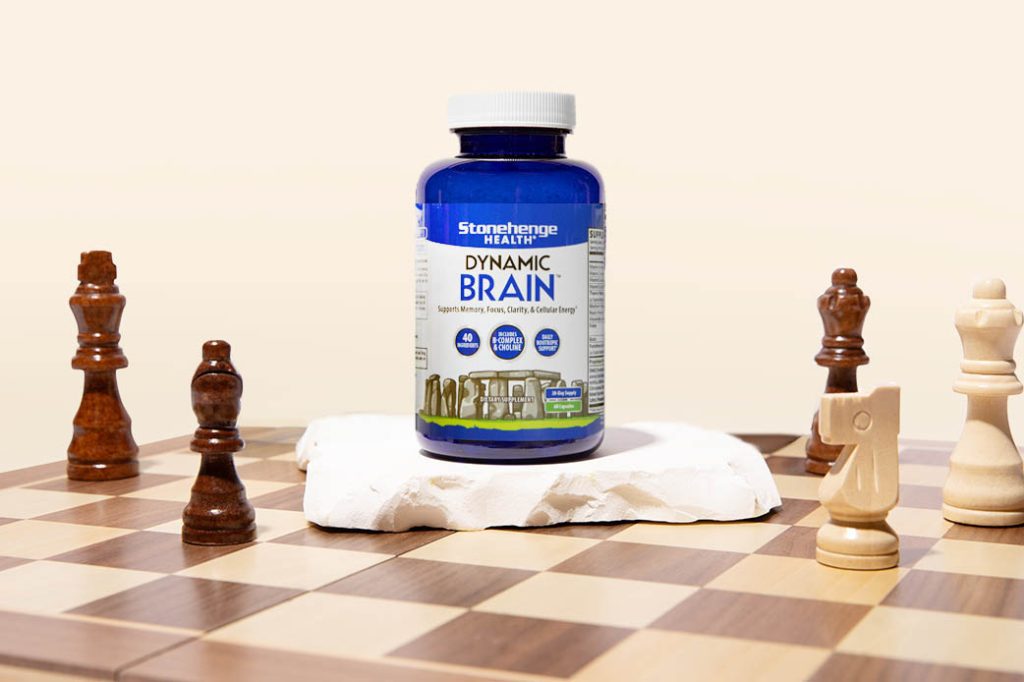
While brain-training games and physical activities offer a fun and engaging way to keep your mind sharp, integrating a focused nutritional approach can significantly boost your cognitive health.
Our Dynamic Brain supplement provides a scientifically formulated blend of natural ingredients to support memory, focus, and mental clarity.*
Whether you’re strategizing your next move in chess, solving a complex Sudoku puzzle, or coordinating a game of pickleball, complementing your routine with Dynamic Brain can help enhance your cognitive functions and maintain your mental edge.*
Embrace a comprehensive brain health approach with stimulating games and the right nutritional support from Stonehenge Health.

Sources:
1. Al-Thaqib A, Al-Sultan F, Al-Zahrani A, et al. Brain training games enhance cognitive function in healthy subjects. Med Sci Monit Basic Res. 2018;24:63-69. doi:10.12659%2FMSMBR.909022



